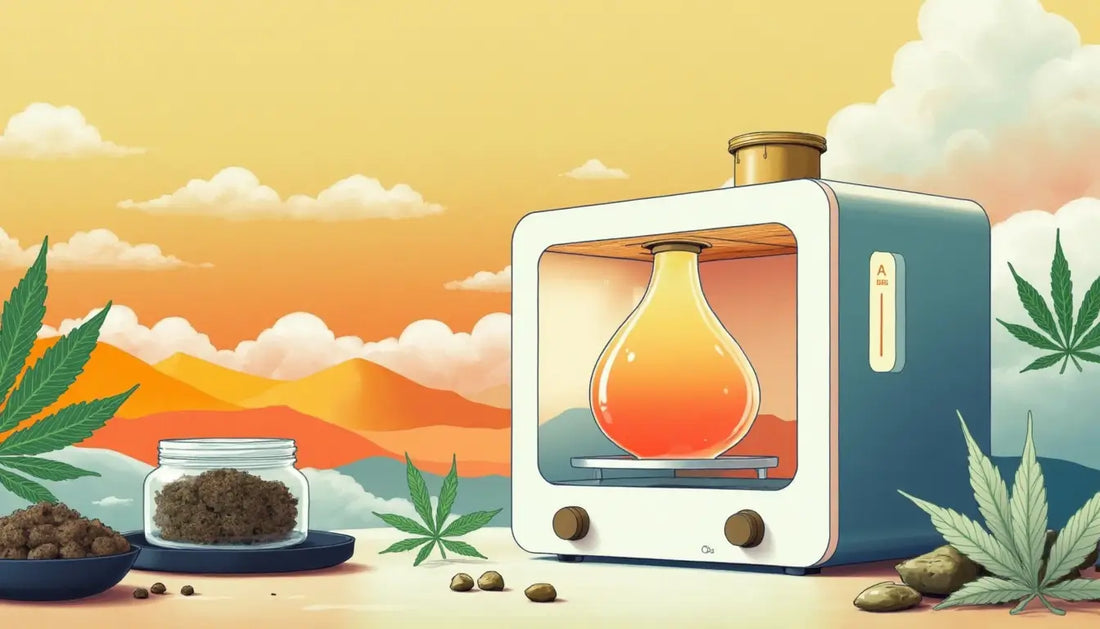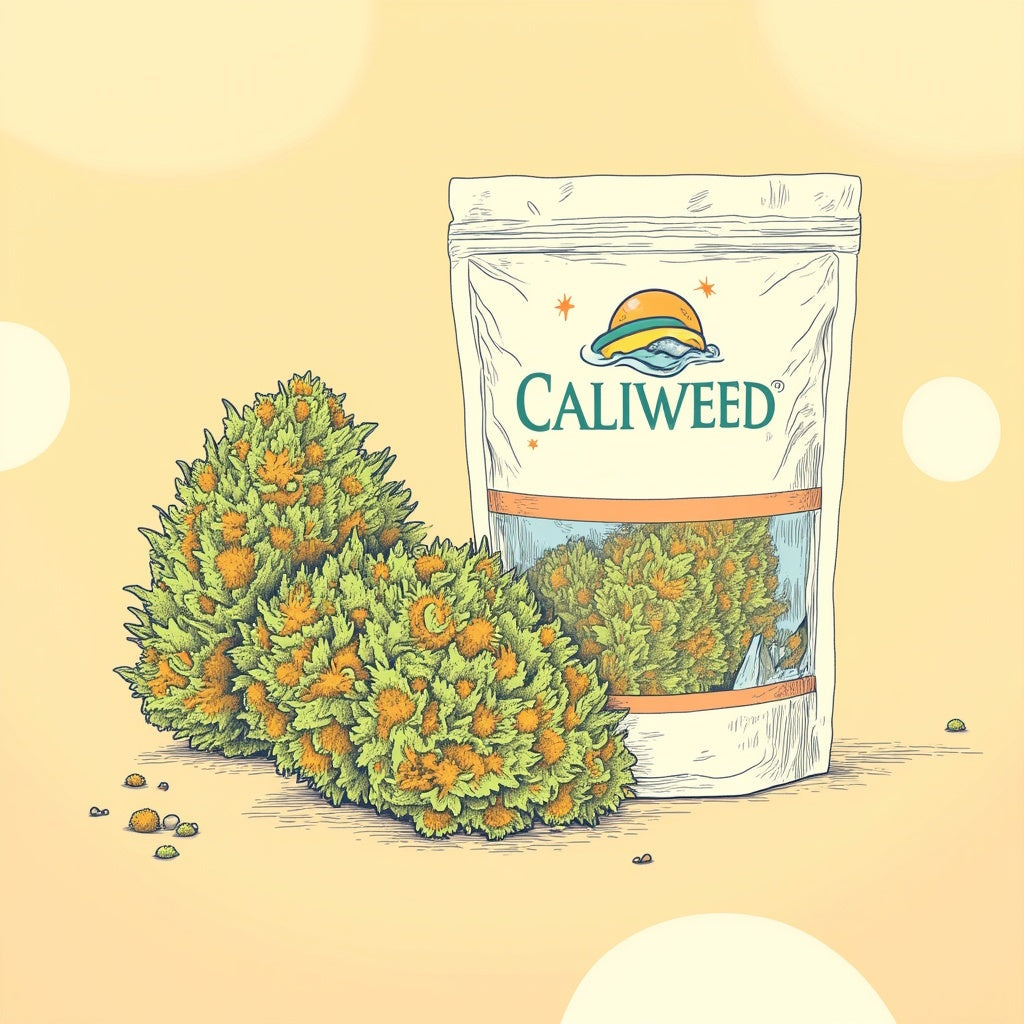
How does CBD resin decarboxylation work?
Did you know that decarboxylation is a key step in activating CBD's properties in resin? Without it, the product's effects are limited. Here we explain how this process works, and how to get the most out of your CBD resin.
Things to remember
- Decarboxylation transforms CBDA into active CBD via heat.
- A controlled temperature is essential to avoid degrading the cannabinoids.
- This step improves the effectiveness and bioavailability of CBD in the resin.
What is decarboxylation?
Did you know that the CBD present in raw resin is not yet active? It's actually in its acid form, called CBDA (cannabidiolic acid). Amazing, isn't it?
Decarboxylation is the process that transforms CBDA into CBD. It's a natural chemical reaction triggered by heat. In fact, this heat causes the elimination of a carboxyl group (COOH), releasing carbon dioxide and thus activating the cannabinoid. To put it simply: without this step, you're consuming a product with a very limited effect.
This phenomenon is not confined to CBD. THC, CBG and other cannabinoids also exist in acid form (THCA, CBGA...) and require decarboxylation to become fully active. So this step is essential, whether you're taking full advantage of CBD resin and its relaxing, pain-relieving or anti-anxiety effects. Whether you opt for cheap CBD resin or a top-of-the-range product likeIce-O-Lator CBD, this step is crucial for a real feeling of relief.
How do you decarboxylate CBD resin?
Decarboxylating CBD resin is simple: heat it to a precise temperature for a certain length of time. But be careful not to burn or overcook, as too much heat destroys not only the cannabinoids, but also the terpenes, which are the molecules that give CBD its taste and beneficial side effects.
The ideal temperature for decarboxylating CBD is between 100°C and 120°C. The lower the temperature, the longer the heating time. Conversely, a higher temperature speeds up the reaction, but increases the risk of losing certain compounds.
Three decarboxylation methods
Here are three more or less accessible methods to help you decarboxylate your CBD resins and get the most out of them.
Oven decarboxylation
Oven decarboxylation is a simple method to perform at home. Preheat your oven to 110°C. Crumble your resin into small pieces and place on a baking sheet lined with parchment paper. Heat for around 45 minutes. Keep an eye on the color: the resin should brown slightly but not blacken. Now it's ready! Just let it cool before handling.
Water bath decarboxylation
This is a more time-consuming technique, but also gentler on the product. Simply place the resin in a small glass or metal container, then in a saucepan of simmering water, as if melting chocolate! Try to keep the temperature stable (around 100°C) for 1h to 1h30. This method ensures gentle, even heating without burning the product.
Vacuum decarboxylation
This is the most precise method, but not for everyone. This technique is used by laboratories and connoisseurs. It involves placing the resin in a vacuum bag and heating it in a controlled water bath at a constant temperature. This prevents oxidation and preserves all active compounds, but requires specialized equipment.
🍃 Cali Weed's word: Take your time and don't overheat your resin! It's better to have CBD that's less rapidly activated but well preserved, than burnt CBD that's ineffective and unpleasant to consume.
Why is decarboxylation important?
Without decarboxylation, we end up with a product composed of CBDA, which is very poorly absorbed by the body. Activated CBD, on the other hand, is more easily assimilated. This is known as bioavailability. Bioavailability is the ability of a molecule to pass into the bloodstream and be assimilated.
When you consume non-decarboxylated CBD resin, you may experience little or no effect. Decarboxylated resin, on the other hand, works faster, more effectively, and often requires less to produce a similar result.
By activating CBD, you open the door to all its benefits. Once ready, you can then use your decarboxylated resin in a variety of ways:
- As an infusion: with a fatty substance to aid absorption, such as whole or plant milk, or coconut oil.
- In the kitchen : incorporated into preparations of your choice, cooked at low temperature.
- Gentle vaporization: vaporized at low temperature for a rapid, combustion-free effect.
This step allows you to fully optimize your CBD experience. Whether for occasional or regular use, it ensures that you don't waste a premium product likeAfghan Hash CBDand, above all, get all the benefits. Remember to decarboxylate your resin - it's a small gesture, but it makes all the difference!

